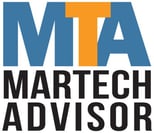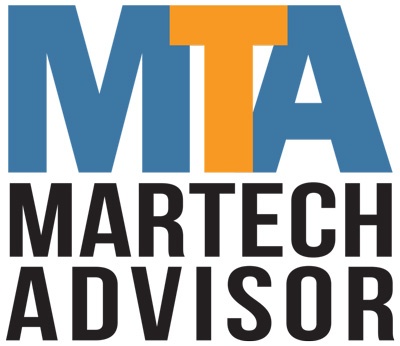
Greg Petro, CEO of First Insight, shares advice on how marketers can better understand their customers and create effective strategies to help fight the markdown epidemic within the retail industry
| Read on MartechAdvisor.com |
 |
| Download PDF |
The tables have turned in the retail industry. Consumers are now calling the shots as they have more decision-making power than ever. In a scramble to retain customers as well as entice new shoppers, retailers are turning to deep markdowns. However, these strategies are contributing more harm than good as many companies have announced large-scale store closures due to lost profits. For example, H&M recently announced an 11 percent drop in its net income due to increased markdowns – and a resulting slowdown in its pace of new store openings.
Although pricing is often determined at the merchant level, marketers are responsible for proving the value of the product to customers. In this sense, marketers have a unique opportunity to help decrease markdowns by leveraging predictive analytics and customer data to identify consumer personas and showcase products they want.
Here are a few best practices to keep in mind when developing markdown strategies to optimize revenue:
First, Get to Know Your Customer
Today, shoppers expect retailers to deliver a personalized shopping experience that fits their interests and provides the products they want. However, not all customers are the same, and preferences vary based on characteristics such as age, gender, and lifestyle.
Retailers are tasked with the responsibility of learning their target audience’s interests and offering products they want at a price they consider fair, yet a recent study from First Insight shows that 82 percent of consumers feel misunderstood by brands and their respective marketers. This misunderstanding leads to unsatisfied customers and profit loss for retailers.
Fortunately, due to advances in retail technology, marketers have the power to segment customers into targetable persona groups. Developing personas helps marketers gain unique insight into the minds of the customers and their purchase decision process. These personas give marketers the ability to develop personalized offerings and determine what it will take to entice shoppers to enter the store or shop online.
Next, Create Your Strategy
Marketers must personalize their strategies for each audience, based on factors such as age, gender, location and shopping preferences. For example, First Insight’s markdown survey found that 45 percent of women must see a markdown of at least 41 percent or more to even enter a store, which shows women may be more likely to react to lower prices and need a high value incentive to consider a purchase.
Conversely, generation Z and millennials are the new age of customers and hold more buying power, with $44 billion in spending power. Overall, this generation places more value on personalized experiences rather than material offerings and may be willing to pay full price if a retailer can place an emphasis on engagement with their consumers.
Marketers are also instrumental in showing current and prospective customers the value of brands and products. It’s important for retailers and marketers to find the balance between remaining true to their brand, while also focusing on how they can expand their customer base. For example, Amazon and Alibaba are expanding outside of their core online focus by opening brick and mortar stores in an effort to reach new customers and increase sales.
Timeliness is an important ingredient in all marketing strategies. Marketers must create a sense of urgency and interest for shoppers to act. Tactics such as noting that the offer is for a limited time only or that only a certain amount of inventory is available can help motivate shoppers to act fast.
Overall, markdowns have become inevitable for the retail industry for the time being. However, retailers should focus on being more thoughtful about how markdowns are used in marketing strategies. Building closer relationships with customers and increasing perceived value will help make markdowns less of a problem in the future.
















